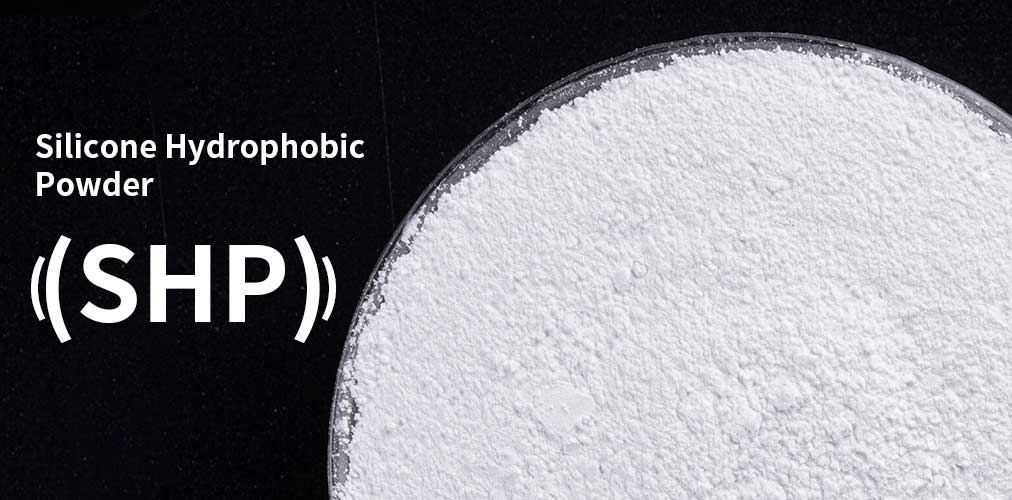
New Revolutionary Building Material - Silicone Hydrophobic Powder
2025-01-14 17:30In the ever-evolving construction industry, we face various challenges, such as the durability, corrosion resistance, and thermal insulation performance of buildings. The emergence of silicone hydrophobic powder has brought forth a novel solution to these problems.
This new material possesses exceptional water-repellent properties, significantly improving the waterproofing performance of building surfaces. By applying it to walls, floors, or roofs, it forms a dense protective layer that effectively blocks water penetration, drastically extending the service life of structures. Compared to traditional waterproofing coatings, silicone hydrophobic powder is more lightweight, easier to apply, and less prone to aging, making it an ideal waterproofing material.
In addition to its water-repellent capabilities, this specialized powder also exhibits outstanding thermal insulation properties. It can effectively reflect solar heat, reducing the interior temperature of buildings and dramatically lowering air conditioning energy consumption, providing significant energy-saving benefits to users. Moreover, the material itself has excellent insulating properties, further enhancing the overall thermal performance of the building, optimizing energy efficiency.
Notably, silicone hydrophobic powder also boasts exceptional corrosion resistance. It can form a strong bond with the building material surfaces, providing long-term protection and preventing material aging caused by moisture-induced corrosion. This feature is particularly advantageous for structures in specialized environments.
In summary, silicone hydrophobic powder, with its exceptional waterproofing, thermal insulation, and corrosion resistance capabilities, is emerging as a new star in the construction industry. It not only significantly improves the service life and comfort of buildings but also delivers substantial energy-saving benefits to users. As an innovative building material, it is poised to play an increasingly crucial role in the future of the construction sector.

